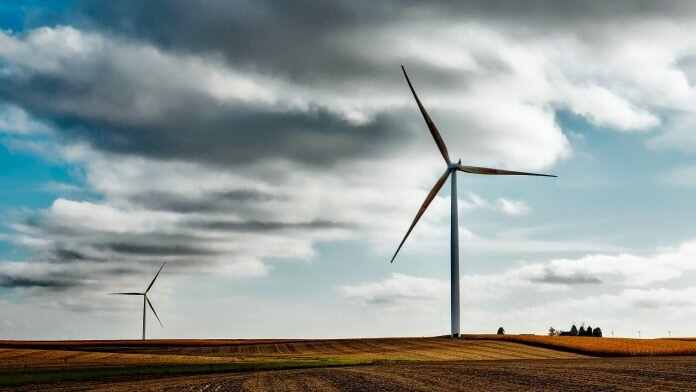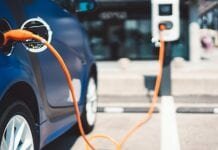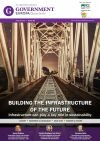
The Netherlands has awarded state-owned Swedish energy company Vattenfall two contracts for the world’s first subsidy-free wind farms.
Two subsidy-free wind farms will be constructed by Vattenfall in the North Sea by 2020, and will be the first in the world to be funded without any investment of public money. The farms, known as Hollandse Kust I and II, will be built around 22km off the coast of the Netherlands.
In total, the two farms are expected to have a capacity of around 700MW, and the Dutch Ministry of Economic Affairs said that this could service up to one million households with sustainable electricity.
Why did the Dutch government offer this tender?
The offer of a tender for subsidy-free wind farms was made by the Dutch government – one of the first in the world to offer a subsidy-free tender – with the aim of furthering its ambitions to transition to renewable energy generation.
The country is seeking to create an additional 3,500MW of offshore wind power by 2023, which would represent some 16% of the Netherlands’ total energy mix. The Dutch government has also planned to increase offshore wind capacity by 7,000MW between 2024 and 2030.
What was the response to the tender?
The ministry of economic affairs announced yesterday (19 March) that Vattenfall had succeeded in its bid for the contract, beating offers from German company Innogy and Norwegian provider Statoil.
Eric Wiebes, minister for economic affairs, said that the Netherlands’ ambition is to demonstrate that growing competition in the renewables sector is leading to rapid growth in the sector, and will ultimately power the transition towards a greater reliance on renewables.
He said: “Thanks to drastically lower costs, offshore wind farms are now being constructed without subsidy. Innovation and competition are making sustainable energy cheaper and cheaper, and much faster than expected, too.”
The government estimated that surging demand, competition among manufacturers and new technological innovations have enabled it to lower the cost of construction on the wind farms by around 55%, meaning that subsidy-free wind farms were financially viable for bidders.


















